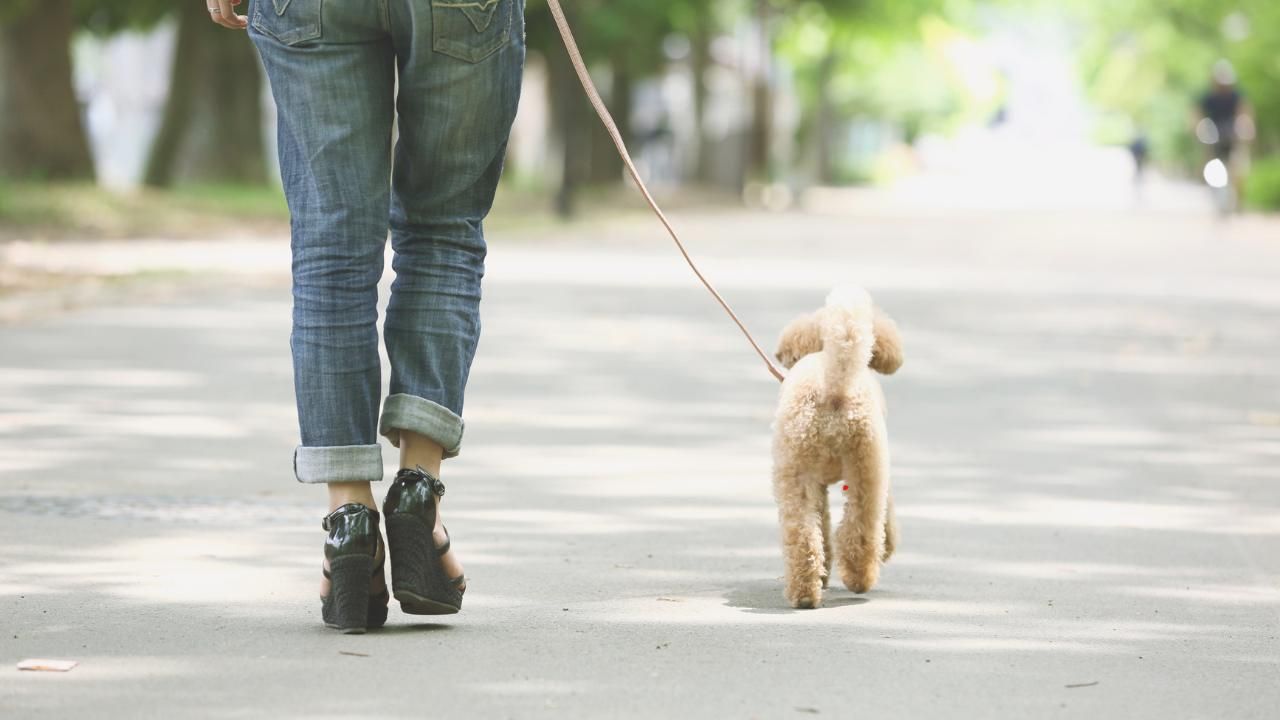What to Do When Your Dog Won’t Stop Barking

If your dog’s barking is driving you (and your neighbors) up the wall, it’s a common problem. Barking is totally normal—it’s how dogs communicate. But when it turns from occasional yaps to nonstop noise, something needs to change.
In this post, you’ll learn why dogs bark excessively, how to figure out what’s triggering it, and smart strategies to help your pup pipe down without punishment.
Understand Why Your Dog Is Barking
Before you can fix the barking, you need to figure out why it's happening. Dogs bark for a handful of reasons:
- Boredom or loneliness – Dogs are social animals. If they’re alone too long, barking becomes their pastime.
- Attention-seeking – Some pups figure out that barking gets them what they want: treats, walks, affection.
- Fear or anxiety – Loud noises, strangers, or even being home alone can trigger anxious barking.
- Territorial behavior – Many dogs feel the need to “alert” their family when someone enters their space.
- Excitement – Playtime, seeing their leash, or spotting another dog can kick off a bark fest.
Start by paying attention to when your dog barks, what’s happening around them, and what they’re trying to tell you.
Try These Solutions (That Actually Work)
Once you’ve figured out the trigger, you can tailor your approach. Here are proven methods to quiet the chaos:
1. Ignore the Barking (When It’s for Attention)
It’s hard, but one of the most effective ways to stop attention-seeking barking is to not give in. No eye contact. No scolding. Nothing. When your dog quiets down, then offer praise or a treat.
2. Use Positive Reinforcement
Teach your dog a command like “quiet.” Wait for a moment of silence, say “quiet,” and reward with a treat. Over time, they’ll connect silence with good things.
3. Provide Mental and Physical Stimulation
Tired dogs don’t bark as much. Increase walks, add puzzle toys, or even rotate their playthings weekly to keep things fresh.
4. Limit Their View
If your dog is barking at passersby, close the blinds or use window film to block the view. Fewer distractions mean fewer outbursts.
5. Train Calm Behavior at the Door
Doorbell chaos? Practice calm greetings. Have your dog sit when the doorbell rings, and reward them only when they stay quiet and composed.
Case Study: When Barking Almost Broke the Lease
Sarah adopted a lovable golden doodle from Doodling Pups, LLC, excited to bring some joy into her apartment life. But Max had a lot to say—especially when left alone. Sarah’s neighbors started complaining, and her landlord warned her that if it didn’t stop, she’d have to give Max up.
Desperate, she tried puzzle toys, doggy daycare twice a week, and began short training sessions using the “quiet” command. Within two weeks, Max’s barking dropped by more than half. By week four, the complaints stopped entirely. Her lease—and her sanity—were saved.
Know When to Get Professional Help
If you’ve tried everything and nothing’s working, it might be time to call in a certified dog trainer or a veterinary behaviorist. Sometimes, barking stems from deeper anxiety or health issues that require expert support.
And if you’re just starting your journey with a dog, it helps to research breeds before bringing one home—some are simply more vocal than others. For instance, those looking for a friendly and trainable companion can explore options like Golden Doodles for sale in Arizona, which tend to be smart and easygoing (with proper training).
Final Thoughts
A barking dog can feel like a never-ending challenge, but with a little detective work and consistent training, peace and quiet is possible. Your dog isn’t trying to drive you nuts—they just need help learning how to communicate in a way that works for both of you.
Need help finding a well-matched, well-socialized pup to join your family? Check out Doodling Pups, LLC to learn more about their current litters and expert guidance for first-time dog owners.














